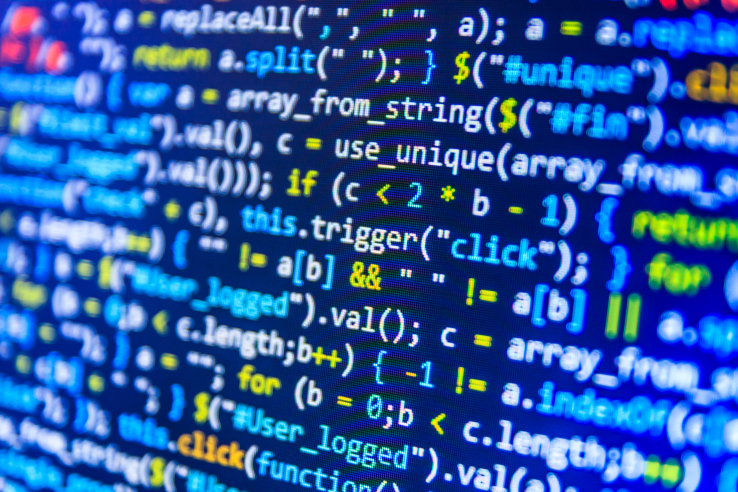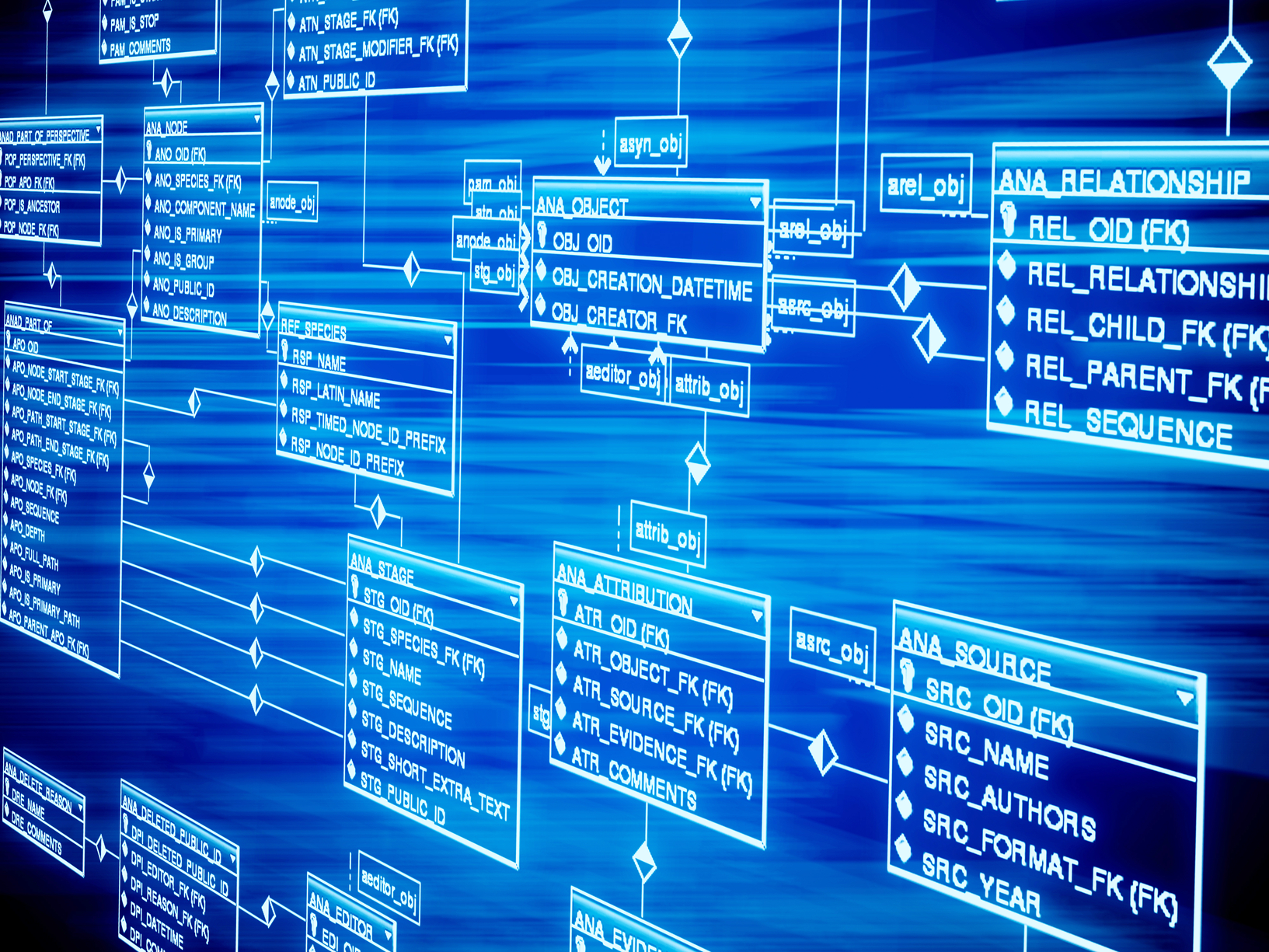- Teacher: Omar Riverol
This course is geared at providing an understanding of Operating Systems. It will allow students to understand the functions of an operating system. Student will learn about the bootstrap process, process management, memory management, file management, device management, security, the interfaces, and network management. A key component in understanding an operating system is the manipulation of an open source operating system to see how changes in the source can affect the operations of the functions of the OS.
- Teacher: Omar Riverol
This course provides an introduction to application programming using the BASIC programming language and GUI Design and Interaction. It focuses on Rapid Application Development via an Integrated Development Environment with the use of controls within forms. It emphasizes event driven programming techniques to develop software. Students will design, code, test, and debug several programs.
- Teacher: Omar Riverol
- Teacher: CJC Teacher
In this course students will receive a thorough introduction to programming phase which is one of the most important phases in software development. It is intended to cover the compilation process, design and creation of algorithms, different generations of programming languages, and structured programming. This course involves extensive programming activities using a fourth generation programming language,C++.

- Teacher: Nydia Young
A hands on approach to topics covered in introduction to computer networking and data communications. Practical labs will include transmission media, protocols, standards, the OSI model and TCP/IP Model. Other topics include network planning, naming and addressing, routing, wireless networks, installation, management, and inter-networking using modern Network Operating Systems.
- Teacher: Omar Riverol
- Teacher: CJC Teacher
Topics include transition from logical to physical database development, normal forms and the normalization process, physical organization, and survey of commercial and Internet based database systems. The central focus is on complex data structure modeling and implementation.

- Teacher: Nydia Young
The purpose of this course is to provide students with a solid foundation of the concepts of data structures (Abstract Data Types) and algorithms. The main objective of the course is to teach the students how to appropriately choose, implement and design data structures that can be used to solve problems that they might encounter while programming. This course will teach students how to use data structures such as lists, stacks and queues, it will also serve to show some of the popular searching and sorting algorithms.

- Teacher: Nydia Young
